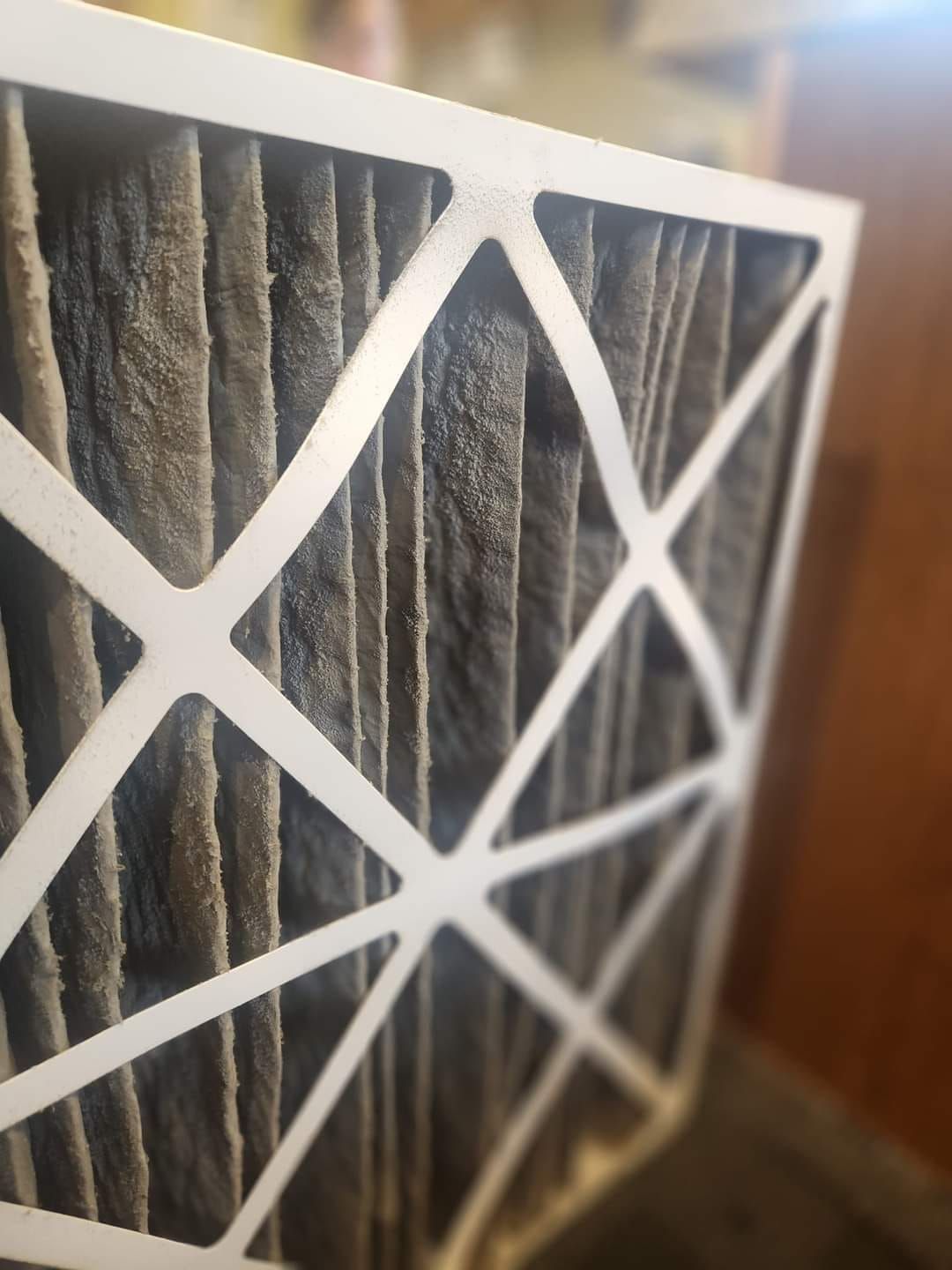Beyond the Thermostat: How Zoning Systems Enhance Home Comfort
HVAC Zoning Systems
HVAC zoning systems divide a home into distinct areas, each with its own thermostat and control. This setup allows for targeted heating or cooling, ensuring each zone maintains the desired temperature independently.
How It Works
Zoning involves installing dampers within the ductwork to regulate airflow to specific areas. Thermostats in each zone control these dampers, signaling the central HVAC unit to adjust airflow as needed. This design enables simultaneous heating or cooling of different zones based on individual preferences.
Benefits
- Personalized Comfort: Family members can set temperatures to their liking in different areas, reducing disagreements over thermostat settings.
- Energy Efficiency: By conditioning only occupied zones, energy consumption decreases, leading to potential cost savings.
- Extended HVAC Lifespan: Reduced workload on the system can result in less wear and tear, potentially prolonging its operational life.
Considerations
- Installation Complexity: Retrofitting an existing HVAC system with zoning can be complex and may require professional assessment.
- Initial Investment: While there are upfront costs for equipment and installation, the long-term energy savings can offset these expenses.
Is It Right for You?
Homes with multiple levels, large floor plans, or distinct areas with varying heating and cooling needs benefit most from zoning systems. Consulting with an HVAC professional can help determine if zoning is a suitable solution for your home.
Implementing an HVAC zoning system offers tailored comfort and improved energy efficiency, making it a valuable consideration for homeowners seeking enhanced climate control.





